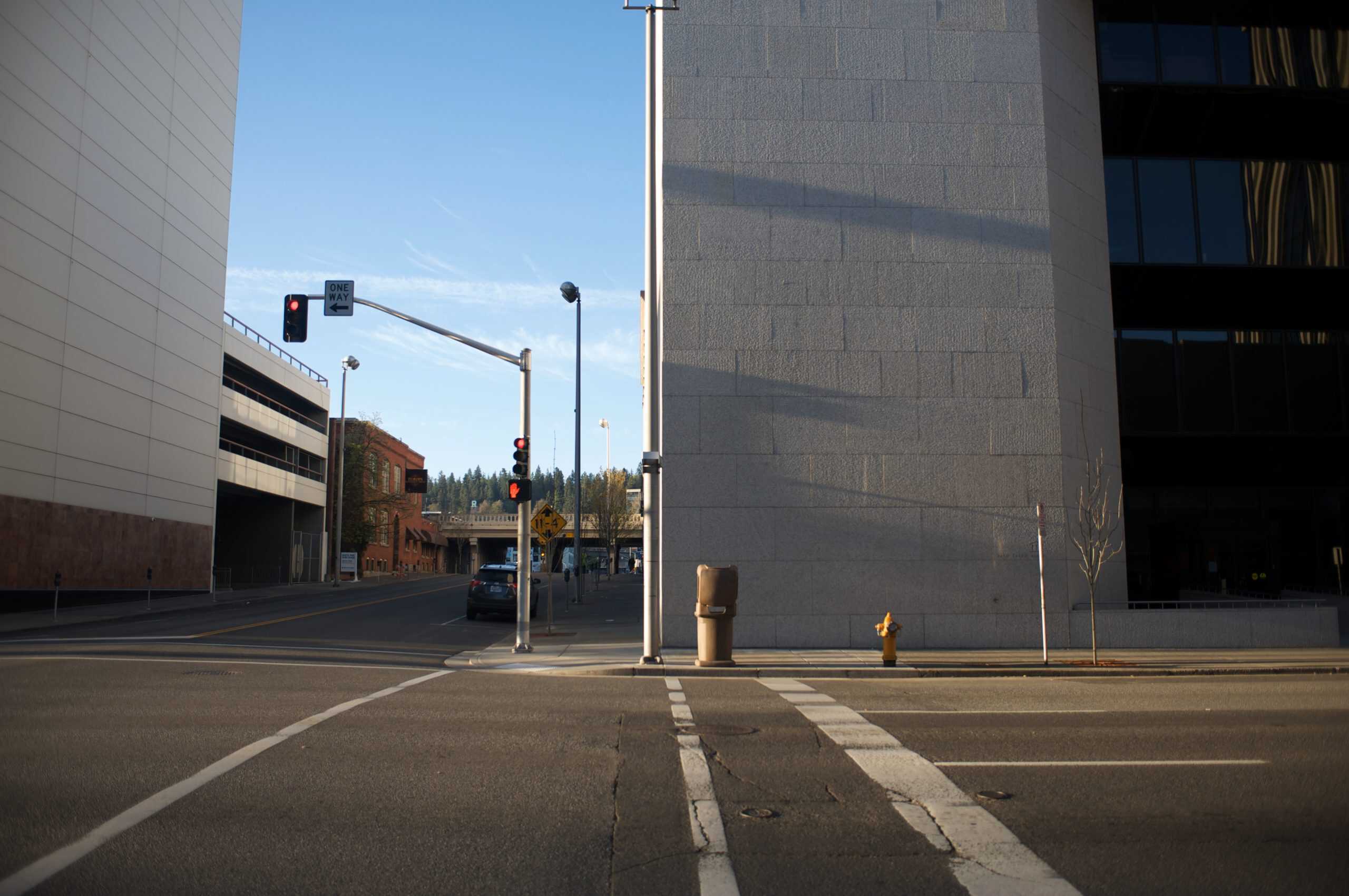
"Over the past decade, suburban population growth outpaced urban population growth, with a notable 11.9% increase in outer suburbs compared to only 5.9% in principal cities."
"Factors such as remote work and rising urban rents are pushing residents from inner cities to suburban areas, seeking affordability and more living space."
"In some metro areas, disparities in housing prices, with outer suburbs significantly cheaper than principal cities, explain the trend of outbound migration."
"In unique cases like Detroit, suburb home prices are significantly higher than inner city homes, indicating a migration for quality of life rather than affordability."
Suburban population growth significantly outpaced urban growth between 2013 and 2023, with outer suburbs growing by 11.9% compared to a 5.9% increase in principal cities. This shift is largely influenced by the rise of remote and hybrid work, allowing individuals to seek larger living spaces and lower housing costs in suburbs. In many metro areas, disparities in home prices further push residents outward. However, in some regions like Detroit, higher suburban home values suggest that motivations may relate to quality of life rather than merely price considerations.
Read at 24/7 Wall St.
Unable to calculate read time
Collection
[
|
...
]